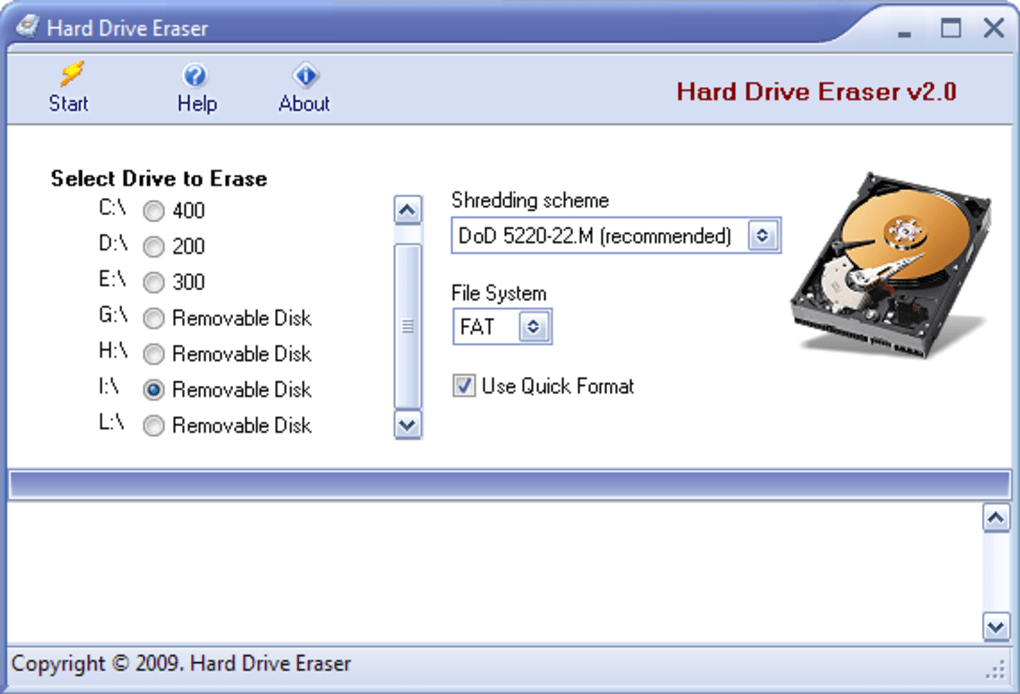

Increasing data security regulations such as HIPAA, SOX, GLBA, European Union Directives require SECURE data removal. Personal information includes name, social security number, driver's license number, credit card number, financial information, patient information, consumer's personal financial data. There is legislation in place that mandates organizations, public agencies, banks, advocates, etc protect an individual's information. To make sure you comply with governmental regulations and data protection laws Anyone can see the list of sites you have visited on the Internet, the social network profiles you have interacted with, or the applications you have run on your computer. Therefore, your valuable business and financial plans or your personal files and e-mail messages can easily fall into the wrong hands.

When you delete a file, Windows does not destroy the file contents from disk - it only marks it as deleted, waiting for another file to overwrite it. Click “OK” to start the format.Because formatting the disk or deleting data is not secure Windows warns you’ll lose any data on the drive you’re about to format. Remember, this will erase the entire drive, so make sure you have anything you need backed up! When you’ve got all your options set the way you want them, click “Start” to continue. A low-level format is a good option if you’re concerned about the reliability of the drive. Clear this option to perform a low-level format that takes longer, but checks out every sector of the drive. Quick format: Select this option to perform a high-level format, which works quickly and just readies the drive with a new file system.RELATED: What is the Difference Between a Quick and Full Format? Volume label: Type a name for the drive as it will appear in File Explorer.Restore device defaults: Use this button to change all the options in the “Format” window back to the default for whatever drive is selected.We recommend leaving this value at its default of 4096 unless you have good reason to change it. Allocation unit size: The allocation unit size represents the maximum cluster size on a drive-the smallest units into which data are broken.If you’re formatting a drive over 32 GB, you won’t see the FAT32 option here, but we’ve got a guide to help you work around that if you need to. File system: Depending on the size of the drive you’re formatting, you’ll see a few options here, including FAT32, exFAT, and NTFS.RELATED: How to Format USB Drives Larger Than 32GB With FAT32 on Windows The dropdown shows only the drive you selected, so there’s not much to do with this option other than make sure you’ve got the right drive selected. Capacity: This box shows the capacity of the drive.The “Format” window offers a number of options: Right-click any drive in File Explorer, and then click the “Format” option.


 0 kommentar(er)
0 kommentar(er)
